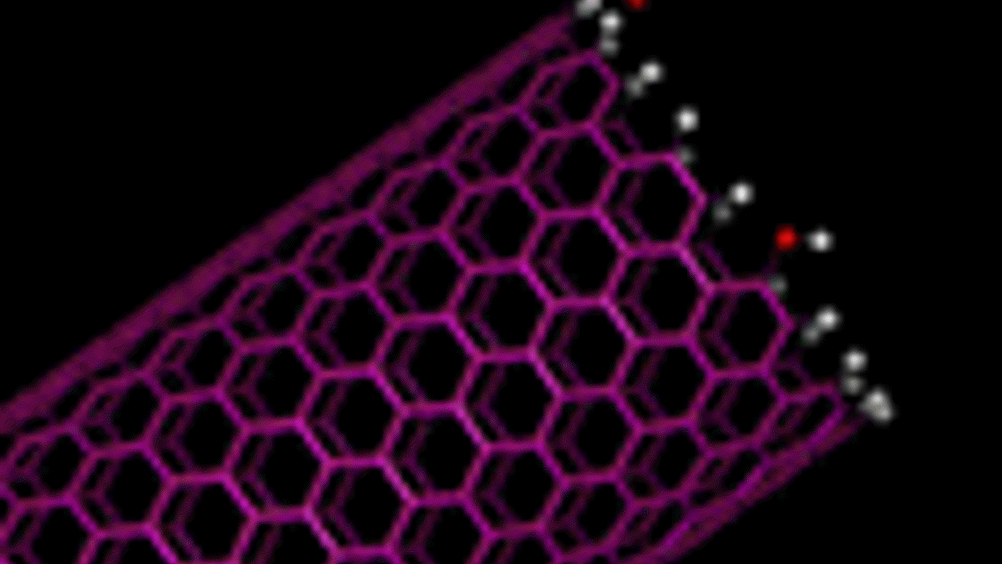Nanotube biosensor
NASA has developed a nanotechnology-based biosensor that can detect trace amounts of specific bacteria, viruses and parasites that can cause water-borne illnesses and fatalities.

has developed a biosensor that will be used to help prevent the spread of biohazards in water, food and other contaminated sources. The sensor works by detecting trace amounts of bacteria, viruses and parasites.
NASA's
‘The biosensor makes use of ultra-sensitive carbon nanotubes which can detect biohazards at very low levels,’ said Meyya Meyyappan, chief scientist for exploration technology and former director of the Center for Nanotechnology at
Register now to continue reading
Thanks for visiting The Engineer. You’ve now reached your monthly limit of news stories. Register for free to unlock unlimited access to all of our news coverage, as well as premium content including opinion, in-depth features and special reports.
Benefits of registering
-
In-depth insights and coverage of key emerging trends
-
Unrestricted access to special reports throughout the year
-
Daily technology news delivered straight to your inbox










CCC Report Finds UK Climate Targets Still Within Reach
In 1990 67% of the UK´s electricity came from coal-fired power stations and even without renewables the transition to gas was a major contributor to...